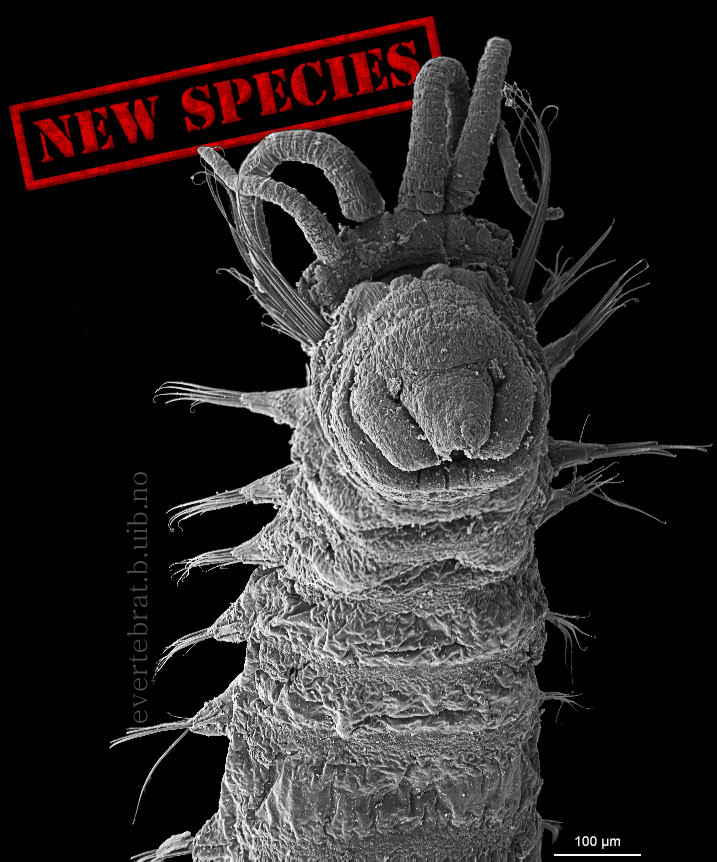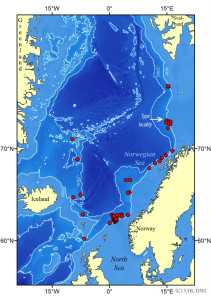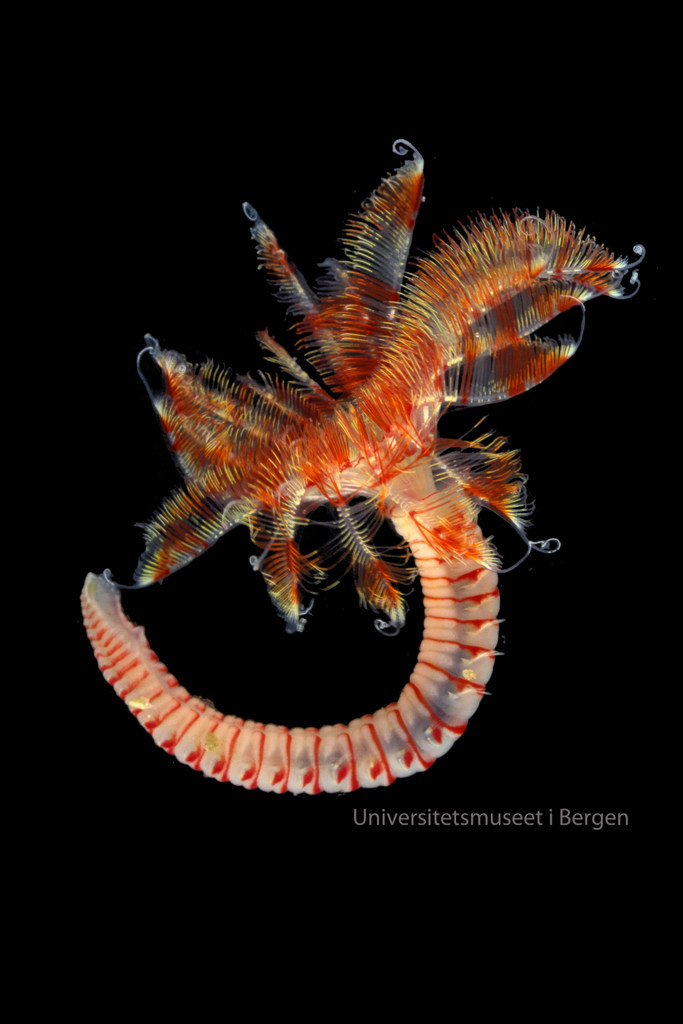Meet Ampharete undecima, a new species of polychaete (bristle worm) that we recently described:

One of the tools used when describing a new species is the electron microscope, which allows us to take very detailed photographs of the animals. Photo: K. Kongshavn
The species has been decribed based on material collected by the University of Bergen in the Nordic Seas in the 80s, and from samples collected by MAREANO in more recent years. It occurs in deep waters between 600 and 1650 meters depth, and has a broad distribution. The type specimen of the species is from a location that MAREANO sampled in 2009.
Alvestad T., Kongsrud J.A., and Kongshavn , K. (2014) Ampharete undecima, a new deep-sea ampharetid (Annelida, Polychaeta) from the Norwegian Sea . Memoirs of Museum Victoria 71:11-19 Open Access.


